A couple of centuries ago, there was really no need to talk about either indigenous or native populations. People were then, by definition, all natives to where they were born and lived. However, as colonialism started to spread across the globe, people with roots dating back centuries was being pushed away for the sake of territorial expansion and monetary gains. All of a sudden, they became minorities in territories they had managed for years and faced a two-folded injustice: either being excluded in the construction of the “modern state” or forced to comply with a certain national identity they had nothing to do with.
A few hundred years later, after thousands of stories about abuse and injustices, the United Nations finally affirmed in 2016 that indigenous people are distinctive groups with specific rights based on, in part, their historical ties to a particular territory. Thus, they are people that inhabited a geographical area and had shaped ethnic identities prior to colonial invasion and the creation of current nation-state borders. Nevertheless, it is always up to each individual to decide whether or not to self-identify as native or indigenous.
But, as you will see in this magazine, this is a question of much more than just semantics. FUF Lund has prepared an issue of FUF-Magazine which will take you from Alaska – via Canada, Ecuador and Sweden – to Australia. We will discuss environmental rights, cultural heritages and gender issues. At broad, we have at least started to think about the issue that colonial settlers, literally, pushed away.
Have a good read!
Indigenous people
Indigenous people (or native inhabitants) are ethnic groups with social, political and cultural characteristics that are distinct from the dominant societies in which they live. These people are arguably among the most disadvantaged and vulnerable in the world, estimated at around 300-400 million spread across 70 countries.
Source: UNDESA


